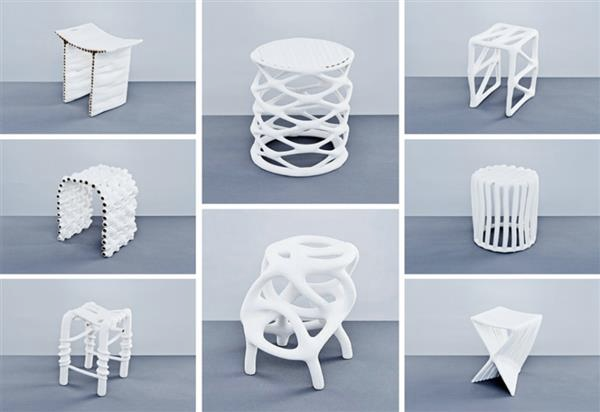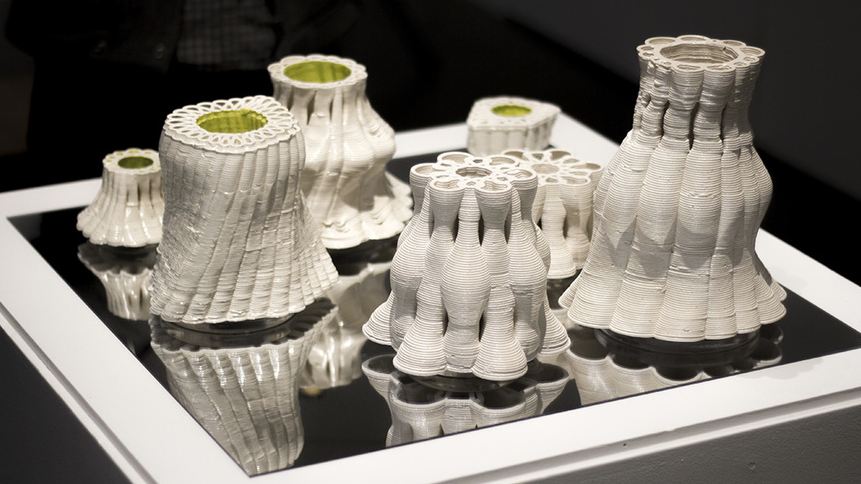15. 3D Printing in architectural field – benefits
15.1 General benefits
The main benefits of implementation of the 3D Printing-Digital craft in the architectural field are:
- – Efficiency in conceptual preliminary design stage.
- – Analysis of design alternatives.
- – Project viability.
- – Refinement in the communication tool.
- – Sales & Marketing.
- – Efficient allocation of resources. (time, materials, costs).

Image 15.1
15.2 Individual benefits
Benefits for architects:
- – The possibility of envisioning a project within the surroundings.
- – Proper appealing to spaces and proportions.

Image 15.2
Benefits for craftsmen and artisans:
- – 1:1 scale vision.
- – Fast + low-cost adjustment of dimensions & colour.
- – materialize and regard objects on the skin, space, furniture, etc.

Image 15.3
